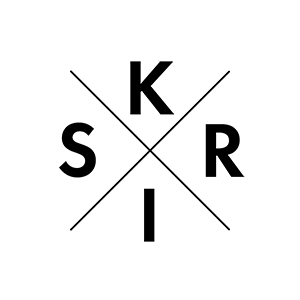You’ve done the interviews – informative weren’t that they? It’s now time to put all of that information could in your easycookwithaslan.com head upon paper, and pull everything together into a complete photo.
This article uses on from your previous content which gave tips on how to conduct the selection interviews themselves. Right here we give you some conceivable techniques to make use of whilst studying your interviews, helping mold your results into anything tangible.
Shape your conclusions into a narration
After interviews you’ll find that you have lots of interesting thoughts and ideas moving around your mind, but perhaps in no clear structure. The results will be better to understand and convey in front of large audiences if they are bought into a crystal clear narration.
The ultimate way to do this to do this is to place everything upon paper and next sift through the results to create a final single story.
Sticky notes & a white-colored board
5. Put all the concepts, thoughts and studies you found in each interview onto post-it notes (each point need to be on its own note).
* Attempt to avoid long phrases as you should be able to quickly scan it and really know what it refers to, each sticky should just contain approximately 10 words and phrases.
* Twenty-four hours a day use short quotes or simple summaries if they will sum up the finding very well.
* Squeeze in a number or perhaps an interviewee name for the corner so that you can keep track just where each sticky came from.
* If you interviewed people coming from differing categories (for example new and returning customers) patterns will be easier to place if you set a symbol on each of your post-it (or used colorway co-ordinated post-its) to show which group they will belonged to.
After the interviews you’ll know the common topics that seem through the selection interviews, so push the post-its around and group these people accordingly.
Invest some time with this kind of, you may find the first groupings improve over time. Sometimes it is called an ‘affinity diagram’. An advantage of using post-its is that you will notice the entirety of your effects at once, rather than seeing a tiny part on a screen at any one time. Viewing the ‘big picture’ will help you visualise what’s going on more easily than attempting this visualisation in your head alone. An additional is that post-its give you the versatility to make further changes to your diagram whenever needed.
If you are able to, make this happen on a light board. It has 2 positive aspects:
* You possibly can draw bands around the categories, and add annotations where needed.
* The post-its might feasibly stick and stay to need these people (rather than deciding to fall for the floor at most inopportune times).
Essentially you’re making a visual counsel (almost a mind map) of the end result. Once it can visualized, you’ll find it’ll help to make a lot more feeling.
Don’t forget why you had been conducting the interviews
The first document emphasized the need to have a clear goal when conducting the interviews:
“The aims of interviews are to discover:
2. Users’ goals and needs.
* Just how users whole tasks on your site (or would carry out if efficiency was available).
* What users believe the site gives them (and what more that they really want/need). ”
This might act as a handy framework to apply your results, and should always be remembered whilst conducting the analysis. But keep in mind that the advantage of interviews can be their flexibility so if you experience placing an alternative solution focus on the results explains your findings, you can do and so.
Bounce your ideas off some other person
Stand in the front of your post-its and speak your findings through with someone (or several people). Encourage queries. You will not be in a position to answer just about every question, but you will find just where gaps within your explanations happen to be. Talking through your findings will likely help further clarify your ideas, and you’ll realize where the spaces are within your overall photo.
You may also get bouncing tips off people that didn’t sign up for the selection interviews useful. Discovering the outcomes with an individual with a different perspective from your own can generate ideas you may possibly not have considered or else.
Take your time
There is the first couple of several hours will be stuffed with a madness of crafting and grouping post-its, you must then rest on the result. You will find your subconscious keeps on implementing the problems, and you could well discover you get up with further more ideas, or perhaps when getting a soak in a bath, or perhaps on the walk home… There always exists further parts to add, and changes to be created to your affinity diagram.
Developing your findings from selection interviews is like developing a photograph manually ,. It takes time and if you dash off to through the procedure then the end result is much less it should be. Invest some time over the every stage, you’ll been given a phenomenal amount info to method during the interviews, so ensure all relevant gets down and a clear general message has the ability to develop.
Final result
Once occur to be done it merely requires leaves the ‘simple’ matter of:
* Making whatever adjustments are wanted to your site
2. Producing gentes
* Diagnosing problems with your present site
2. Directing fresh design principles
another one belonging to the thousands of challenges interviews can feed amazingly useful data into . But these “small” concerns might be possible knowing your hard work can pay off come go live.
As stated in the previous article “interviews are a good way to find complex information about the users”, remember more effort is needed than expected to take out those terrific results.
